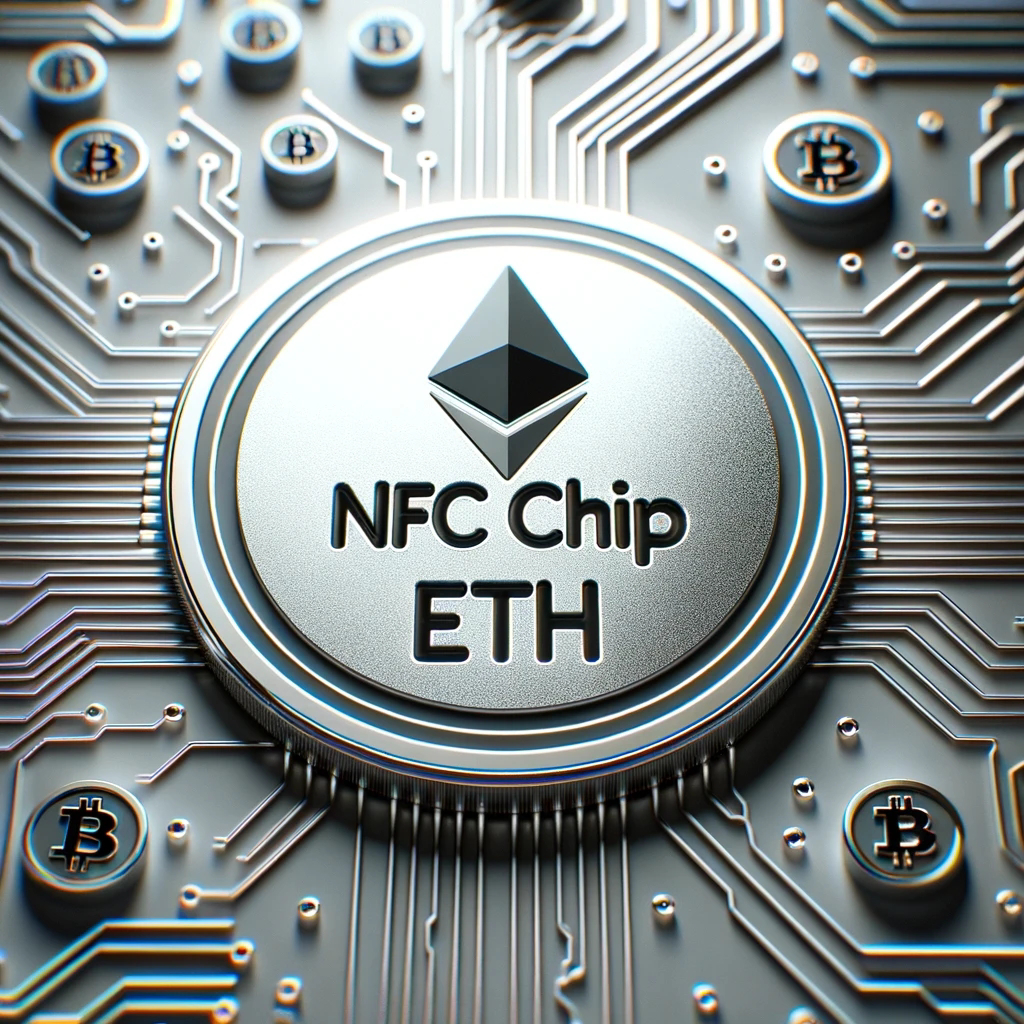How to use GREEN NFC™️
Welcome to the world of Green NFC™️
You have purchased a chip, and now it is time to program it, and receive all of the benefits of being a chip owner. You can track chip scans by going to NFCGPS™️. Please sign up right when you get your chip so in the case that you misplace it or it gets stolen, you can find it quickly.
Your chip came unlocked, and uncoded, or programmed to your liking by our c.e.o. Ross.
Today I will be introducing you to a program that has a free version, or a paid version with some more features. That program is "NFC TOOLS" You can get this program by going to the app store on your phone. There is an ANDROID version and an IOS version, as well as A PC and MAC version.
"NFC Tools" is a popular app that allows users to read, write, and program NFC tags with their smartphones. Here's how you might use NFC Tools to program chips for each of the listed functions:
1. Mobile Payments**: You can use your chip as a Bitcoin wallet by copying the Bitcoin address from your wallet and pasting it under "WRITE" "ADD A RECORD" "BITCOIN" -Then paste the address, and select "WRITE" You generally can't program NFC for secure mobile payments yourself due to security protocols.This is handled by payment apps like GOOGLE PAY or APPLE WALLET.
2. Access Control. Write a unique identifier or access code to an NFC tag. Secure systems will have additional encryption that might not be accessible via basic apps.
3. Ticketing Write event or ticket information to a tag. Entry systems then validate this data against their records.
4. Identity Verification. You can't typically program this yourself for official documents due to security concerns, but you can make copyrights. Unofficially, you could write personal identification data to a tag.
5. Smart Advertising: Write a URL or marketing message to a tag. When users scan it, they're directed to a webpage or app.
6. Product Information: Write URLs or text with product information, instructions, or authentication data to a tag.
7. Bluetooth Pairing. Write a Bluetooth device's pairing information to a tag. Scanning the tag with an NFC-enabled device initiates the pairing.
8. Medical Devices. For personal use, you could write emergency contacts or medical conditions. Official use requires specialized, secure programming.
9. Pet Identification. You can Write your contact information and pet's details to a tag implanted or attached to the pet's collar.
10. Gaming: Limited by the game's design, but you could write character information or unlock codes to a tag for games that support it.
11. Time Tracking: You can Write a check-in/check-out command or identifier to a tag. Employees tap the tag to log times.
12. Contact Sharing: You can Write your contact details or a link to your digital business card to a tag.
13. Smart Home Control: You can Program a tag with commands compatible with your smart home system. Tapping the tag sends the command.
14. Retail & Inventory Management: Write product IDs or inventory information to tags. Systems scan the tag to track items.
15. Personalization & Settings: You can Write commands that change settings on your phone, like turning on Wi-Fi or changing the volume.
16. Anti-counterfeiting: More complex as it requires secure, often encrypted data. Basic use might involve a URL to verify authenticity.
17. Device Automation: Write scripts or commands that trigger actions on your phone, like opening an app or setting an alarm.
18. Parking & Toll Payment: This generally requires integration with payment systems and might not be programmable via basic NFC tools.
19. Loyalty Programs & Rewards: Write a loyalty card number or identifier to a tag. Compatible systems can then read and update your points.
20. Library Book Checkout. Write book and user ID information to a tag. The library system checks in/out the book when the tag is scanned.
For all these applications, using NFC Tools typically involves selecting the "Write" option, choosing the type of record (URL, text, application, etc.), entering the appropriate data, and then writing it to the tag by holding your device near the NFC chip. Security and complexity vary greatly, so while NFC Tools is great for personal or less secure applications, more sensitive uses like payments and official identity verification require specialized, secure programming methods. Always ensure you're not infringing on privacy or security laws when writing to NFC tags.
Now that you understand exactly how these programs work, you are well on your way to enjoying all of the benefits of using a GREEN NFC™️ keychain, card, chip, or website!
Thank you for all of your hard work reading this, and please remember to check back in from time to time to ask how we are doing!
Dream big!
- c.e.o. Ross




Comments
Post a Comment